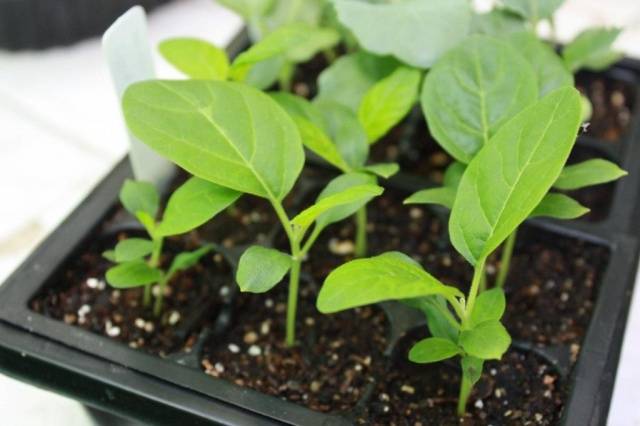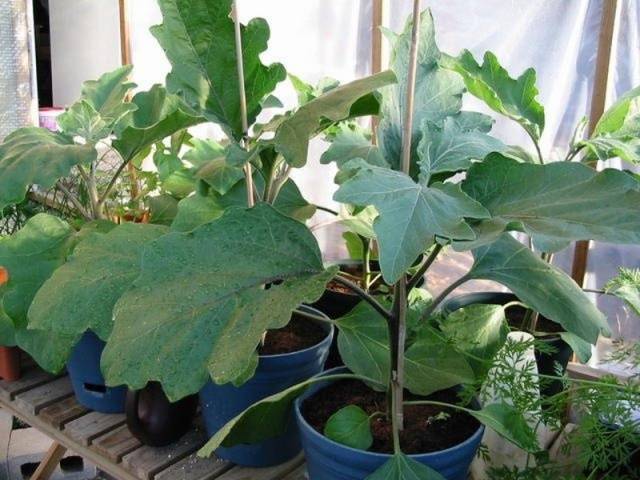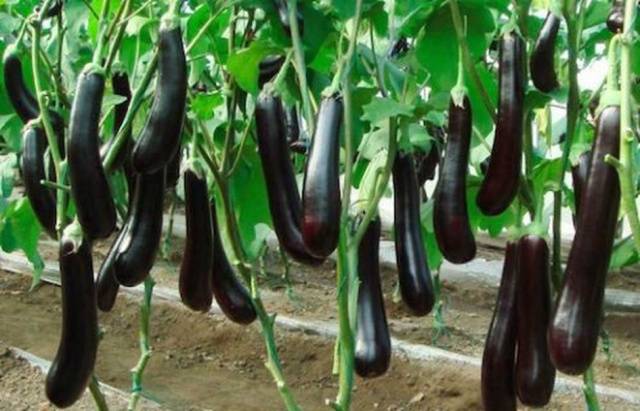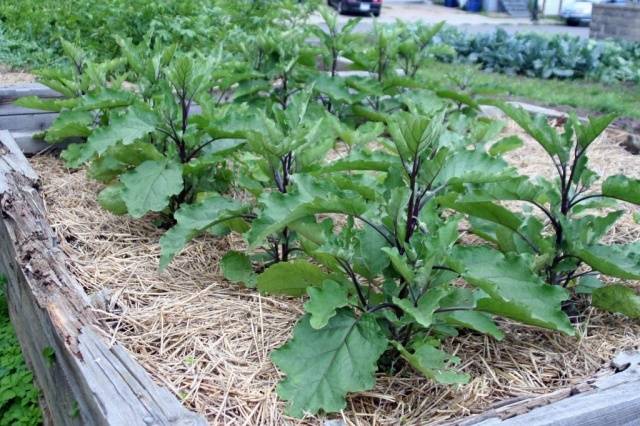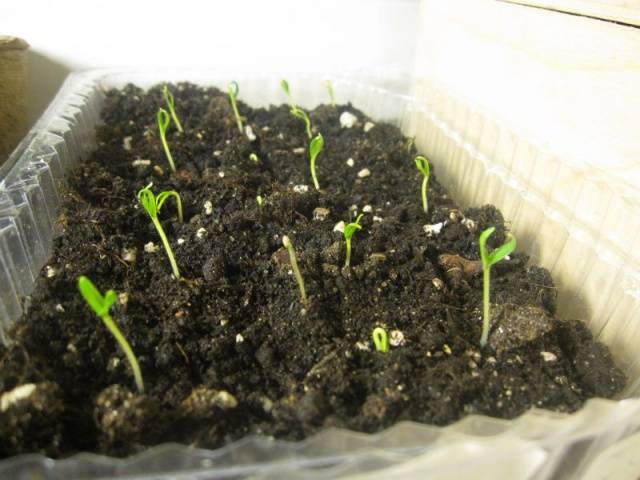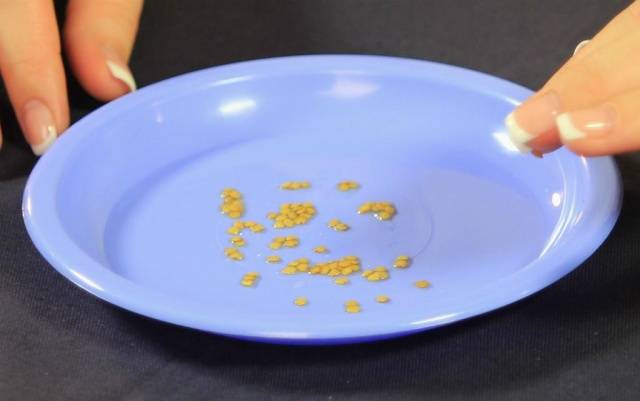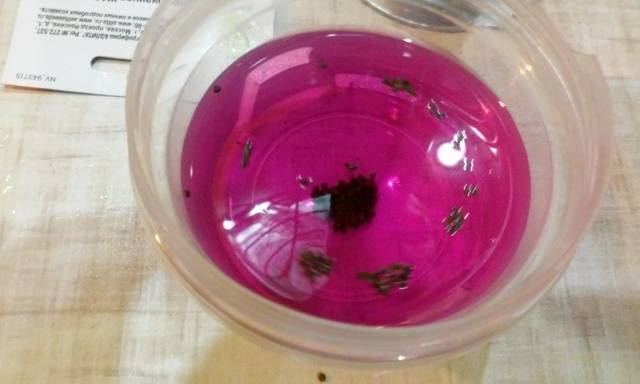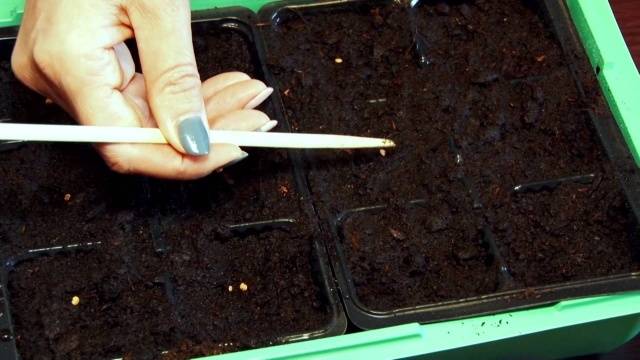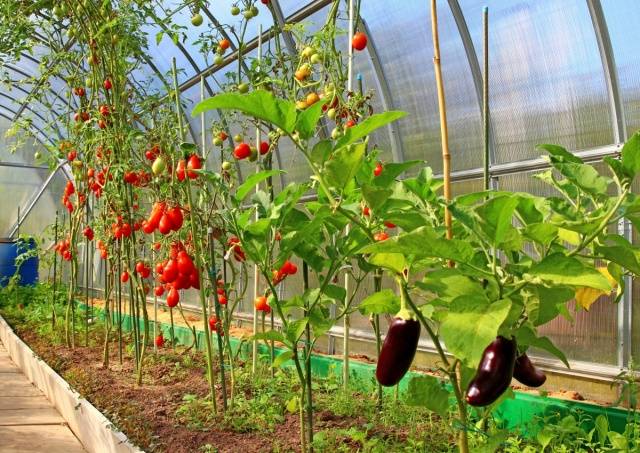Content
Of all the vegetable crops grown in the gardens of Russia, it is eggplant that is considered the most difficult. These plants are very capricious: eggplants need a lot of light, constant high air temperature, a certain level of humidity, nutritious and loose soil. It is quite difficult to create ideal conditions for the growth of eggplants; moreover, it requires a lot of time and effort for the farmer.
You can increase the chances of harvesting a good eggplant harvest by growing seedlings of this culture yourself.
These fragile plants must be transferred from one soil to another as soon as possible, which is almost impossible when buying seedlings, but it is quite feasible within the framework of your own summer cottage.
About when to plant eggplants for seedlings in 2019, how to do it right, and how to care for these complex plants - in this article.
Eggplant requirements
To understand when to sow eggplants for seedlings, you need to know all the weak points of this culture and the requirements that it makes.
So, for normal growth and development, eggplants need:
- As much sunlight as possible. Plants do not develop in cloudy weather. Eggplants do not like thickened plantings and shaded areas - each bush should receive its own dose of sunlight.
- Constant temperature air at +25 degrees. If at night the temperature drops below 20 degrees, the plants will not develop as expected. And at 15 degrees, eggplants die altogether.
- Light and loose soilsaturated with nutrients and oxygen. This requires additional care measures from the gardener: the ground between the eggplant bushes must be regularly puffed, loosened, these plants love hilling and mulching the soil.
- Regular watering - the ground under the blue ones should never be dry. Watering eggplants is necessary based on weather conditions. On average, this is every five days. In this case, the water for irrigation should be warm (about 23-25 degrees), and it is better to water the plants in the early morning.
Landing dates
Calculating the timing of planting eggplants for seedlings is one of the most difficult tasks. Here you need to take into account several factors at once, each of them should be described in more detail.
Growing season
The growing season is the time that elapses from the moment the seeds germinate to the appearance of ripe fruits on the bushes. Eggplant has the longest growing season compared to other vegetables (tomatoes, peppers). This time is 100 to 150 days.
It should also be taken into account that after this time, the eggplant will only reach the stage of technical maturity, that is, the vegetable can already be eaten, processed or canned, but, in fact, the blue ones during this period are still "green". From such fruits it will not be possible to collect seeds for the next season, for example. Until full biological maturation, the blue one needs another 15-20 days.
In most of Russia, the climate is considered unfavorable for the cultivation of heat-loving crops. And this is exactly what eggplant is. Basically, farmers in the middle zone and the northern part of the country grow eggplants in greenhouses, hotbeds or under film shelters. But there are also daredevils who get high yields by planting seedlings in open ground.
In this case, it is better to choose seeds of early maturing or ultra early maturing varieties.As a rule, these eggplants are less productive, but the plants have more chances to have time to give their fruits in a short and cool summer. The ripening period for the blue ones for the regions of Russia should be from 90 to 110 days.
Germination time
The seed germination time must also be added to the growing season. For good seed, this period is about 10-12 days. It is in this gap that the first fragile shoots appear from the soil.
The preparation of seeds includes such activities:
- rejection;
- disinfection;
- food;
- preliminary germination.
To choose the most "worthy" seeds, all the seeds from the bag are poured onto the table and carefully examined. Good eggplant seeds have smooth edges and a single color. When immersed in water, such seeds should not float to the surface.
Having chosen the best "candidates", they are placed in a linen bag and immersed in warm (about 28 degrees) water for a day. After that, the bag is removed from the water and placed on a saucer, maintaining constant tissue moisture for 4-5 days.
After the specified time, the seeds should hatch. If more than half of the seeds from the bag hatch, the material can be planted on seedlings.
Now it's the turn of the second stage - disinfection... For this, the seeds in the bag are dipped in a strong solution of manganese (1%). It is impossible to keep them for a long time, 20-30 minutes is enough. After that, the seeds are thoroughly washed with running water.
In order to strengthen the seedlings and accelerate the germination of seeds, a bag with them is lowered into a container with a nutrient solution. It can be a purchased special mixture, but you can save money by dissolving a few beds of wood ash in a liter of warm water. To saturate the seeds with nutrients, it is necessary to hold them in the solution for one day.
After that, the seeds are laid out on a moistened cloth and wait several days until they hatch.
Growing eggplant seedlings
Growing eggplant seedlings is not so difficult, just know a few simple rules. From the day of sowing the blue ones and until they are transplanted into the ground, it should take about 75-85 days. This period includes the development of seedlings from the moment the first shoots appear until the day when the plants will have 7-8 true leaves and several buds, and the plant height will be about 20 cm (65-70 days). Plus, to this period it is necessary to add 10-12 days for shoots - from sowing seeds in the ground to the appearance of the first greenery.
In total, it turns out that the seedlings by the time of planting in the ground should be about 75-85 days.
It is necessary to grow eggplant seedlings in compliance with a number of rules:
- Before planting seeds in the ground, they need to be prepared.
- It is better to plant eggplants immediately in individual containers - the culture does not tolerate picking well.
- The seeds do not need to be buried too deep - a groove of 0.5 cm is enough. Sprinkle the seed on top with a 1.5-centimeter layer of dry loose earth. Thus, the seeds will receive the required dose of oxygen.
- For the first 10-14 days, keep the seed pots at a constant temperature of 28 degrees for germination.
- After the appearance of half of the seedlings, the seedlings are transferred to a cooler room - 21-23 degrees. This climate is maintained for 5-7 days. During this time, the eggplant will develop roots, and too high a temperature will pull the plants up instead of rooting.
- Then the temperature needs to be raised to 25 degrees and maintained at this level day and night.
- It is important to keep an eye on the light level of the eggplants. Blue, planted for seedlings in winter, runs the risk of receiving less light, so the plants need to be supplemented with electric lamps, for about 10-12 hours a day.
- Watering fragile sprouts is only necessary with warm water from a spray bottle so as not to wash out the soil. The soil in pots with eggplant seedlings should be constantly moist.
- When the seedlings have 2-3 true leaves, they can be dived (if necessary). Before transplanting into individual containers, seedlings are watered abundantly with warm water.
- Strong eggplant seedlings, about 20 cm high, with 7-8 leaves and the first buds, are quite ready for transplantation to a permanent place (in a greenhouse or in a garden bed).
Method of growing eggplant
Another point that must be taken into account when calculating the timing of sowing eggplants is the method of growing plants.
So, you can plant blue ones in unheated greenhouses or hotbeds two weeks earlier than in open ground... At this point, the weather conditions should be such that the plants have enough sunlight and warmth.
Therefore, when growing them in greenhouses, you need to open the greenhouses in time for airing so that the plants do not overheat, and close the doors early in the evening to keep warm air inside the greenhouse.
Climatic features of the region
An important factor is the peculiarities of the climate in a particular region of the country. If in the south, already in early May, you can safely plant eggplant seedlings in open beds, then in the rest of the country you will have to wait.
The gardener must independently assess the climatic features of his region by analyzing the weather over the past few years.
As a rule, in central Russia, eggplant seedlings are planted in the beds in mid-May. Accordingly, the blue ones here can be transferred to the greenhouse at the beginning of the same month.
For western Siberia the end of May (27-31 days) is considered a suitable time for planting blue ones in the ground. Residents of more northern regions will have to wait until the first decade of June or plant eggplants in a closed greenhouse at the end of May.
Best sowing dates
Taking into account all of the above factors, we can calculate the optimal time for sowing eggplants for seedlings in a particular region:
- farmers in the southern part of the country can start sowing seeds in early February, and for greenhouses - even in January (after the 15th);
- the middle strip of Russia begins to plant eggplant seedlings in late February and early March;
- for the north, March is considered a suitable period.
When growing blue in a greenhouse, it is necessary to subtract at least two weeks from the specified period.
Determining the correct timing of sowing seedlings is, of course, important. But the process of growing eggplants is much more complicated and responsible. After all, only by growing healthy and strong seedlings, you can count on a good harvest.
